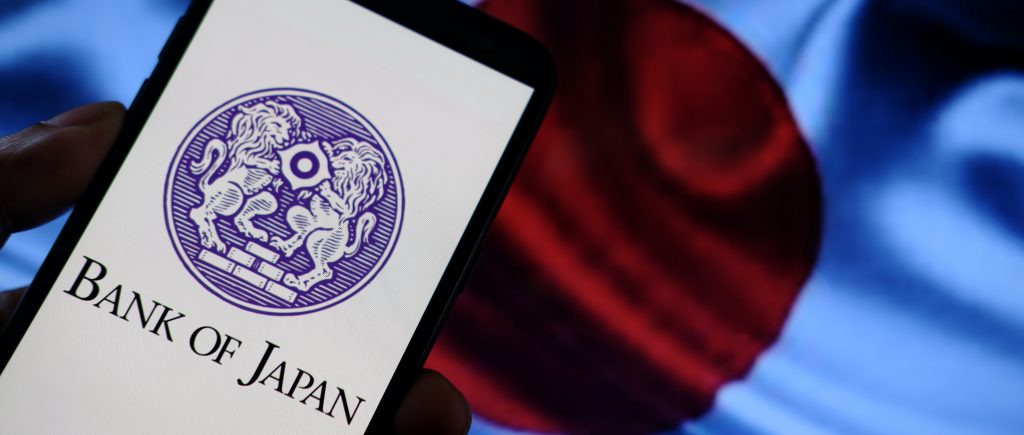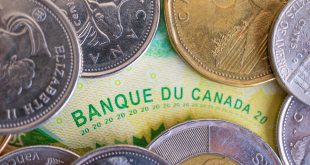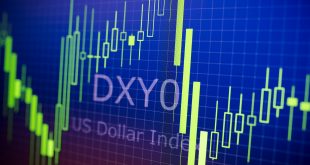The USD/JPY pair lingers near 144.20, with markets on high alert for the Bank of Japan’s (BoJ) monetary policy decision on June 16–17. This pivotal moment could shift the Japanese Yen’s trajectory against the US Dollar, influenced by Japan’s policy moves and global economic currents. The stark monetary policy divide between the BoJ and the US Federal Reserve (Fed) underpins the Dollar’s strength, while speculation about a BoJ pivot toward softer quantitative tightening (QT) could ripple through currency and cryptocurrency markets, potentially boosting assets like Bitcoin.
Policy Gap Drives Dollar, Crypto Watches Closely
The US Dollar’s dominance over the Yen stems from a widening policy gap. The Fed, expected to hold rates steady this week, remains unhurried to cut borrowing costs despite easing inflation. In contrast, the BoJ, led by Governor Kazuo Ueda, prioritizes sustained wage growth and stable inflation before tightening, keeping USD/JPY near its 21-day Exponential Moving Average at 144.19. Monday’s trading range, between a high of 144.75 and a low of 143.65, reflects market caution, amplified by geopolitical tensions in the Middle East. A potential BoJ shift toward easing QT could signal looser policy, sparking risk-on sentiment. Such a move might propel risk assets like Bitcoin, which surged to $112,000 on May 22 after Japan’s 30-year government bond yield hit 3.185% on May 20, highlighting crypto’s appeal as a hedge against sovereign bond market stress.
BoJ’s Balancing Act: Rates, Bonds, and Crypto Implications
Markets expect the BoJ to maintain its benchmark rate at 0.50%, consistent with its May 1 decision, which paired steady rates with a downgraded growth outlook. The focus, however, is on the BoJ’s bond-buying strategy. Since August 2024, Japanese government bond (JGB) purchases have been cut by ¥400 billion per quarter, with plans extending through March 2026. Reports suggest the BoJ may halve this reduction to ¥200 billion per quarter starting April 2027 to stabilize JGBs, with the 30-year JGB yield recently easing from 3.20% to 2.90%. A Bloomberg survey indicates two-thirds of economists anticipate this slowdown, aligning with market expectations. A softer QT approach could ease bond market pressures, potentially fueling a rally in risk assets. Bitcoin’s recent climb, driven by JGB yield spikes signaling fiscal sustainability concerns, underscores how BoJ policy shifts could amplify crypto’s role as a hedge against traditional market risks.
Ueda’s Signals to Shape Currency and Crypto Markets
Governor Ueda’s post-meeting remarks and updated economic forecasts will be critical. Robust wage growth or persistent inflation could spark expectations for a 2025 rate hike, bolstering the Yen and potentially cooling crypto enthusiasm. Conversely, dovish signals or weaker growth projections may widen the Fed-BoJ policy gap, supporting USD/JPY and driving investors toward cryptocurrencies as a hedge. A QT slowdown could further stabilize JGB yields, boosting global risk assets. Bitcoin’s sensitivity to Japan’s bond market, as seen in its May rally, suggests a dovish BoJ could propel crypto prices higher.
Navigating the BoJ’s Next Steps
The BoJ’s decisions on rates and QT will chart the Yen’s path and influence global markets. A hawkish stance—sustained tapering or tighter policy hints—could curb USD/JPY’s rise and strengthen the Yen, potentially dampening crypto momentum. A dovish outcome or QT easing, however, may reinforce the Dollar’s edge while igniting risk assets like Bitcoin, as investors seek alternatives amid bond market uncertainties. With global tensions and economic shifts in play, the BoJ’s moves could redefine currency and cryptocurrency dynamics in 2025.

BoJ
 Noor Trends News, Technical Analysis, Educational Tools and Recommendations
Noor Trends News, Technical Analysis, Educational Tools and Recommendations




